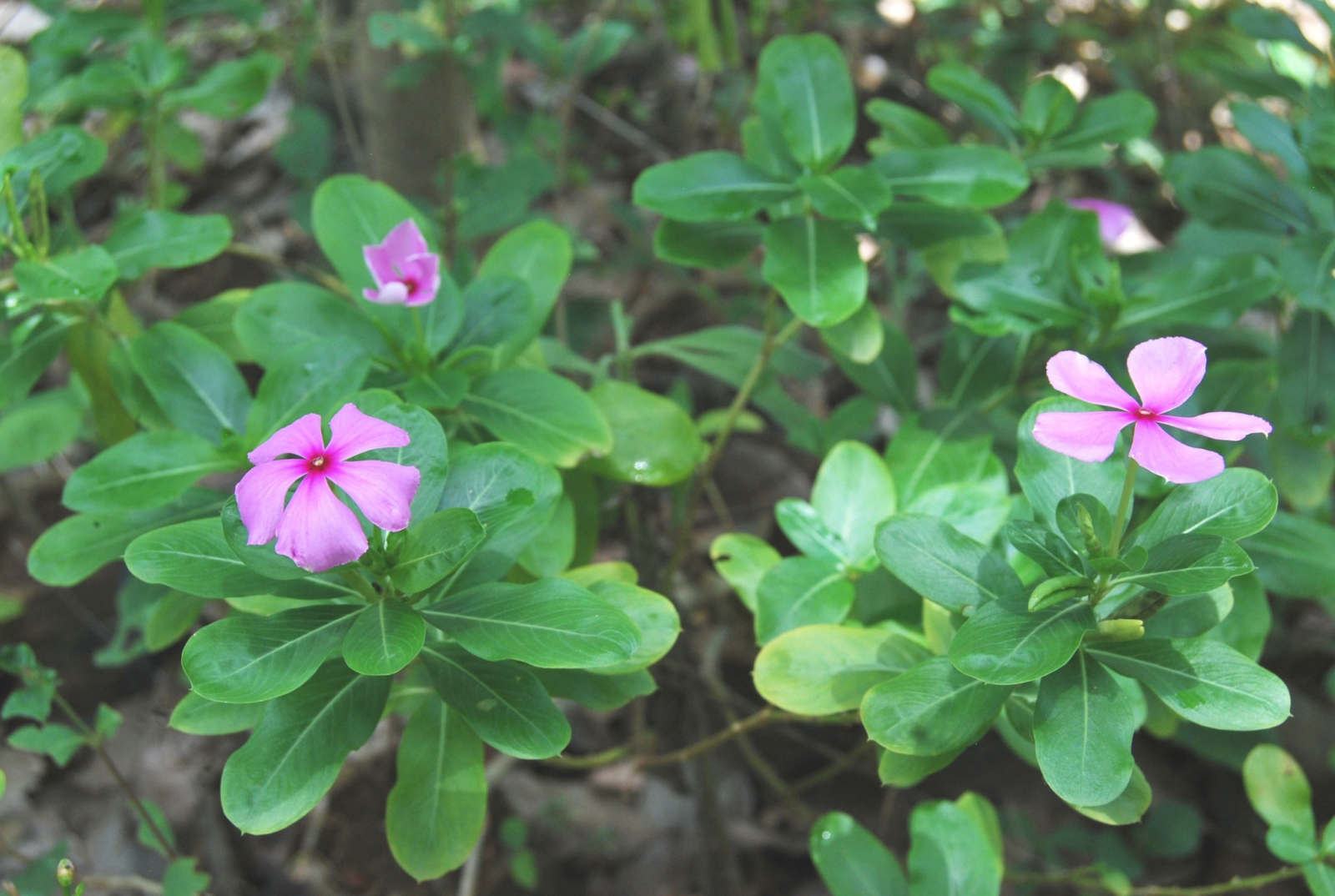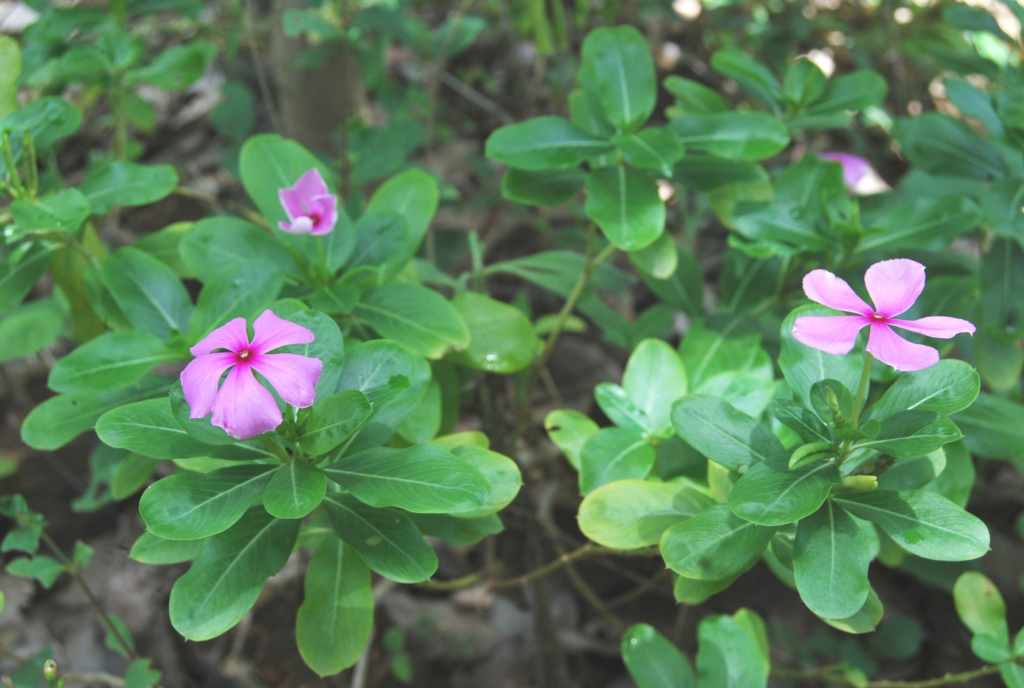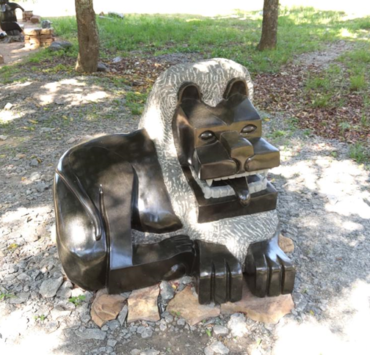The Periwinkle Plant

Anselm Adodo is the Director of Africa Centre for Integral…
(Catharanthus Roseus)
In 1958, two Canadian scientists, Robert Noble and Charles Beer, arrived in Madagascar to look for natural sources of potential therapeutic chemicals. Their interactions and rapport with local healers in Madagascar led to the discovery of periwinkle, a common plant which is indigenous to the country.
They began their investigation by collecting samples of the periwinkle plant from its natural habitat in Madagascar. Noble and Beer had the opportunity to see the plant in its natural setting, investigate its properties, and collect specimens for further examination while in Madagascar. Their fieldwork gave them first-hand knowledge of the plant and its potential medical benefits.
Following collecting samples from Madagascar, researchers at Canada’s University of Western Ontario began a cultivation programme to grow the periwinkle plant in a controlled environment. This ensured a continuous and long-term supply of plant material for further research and medication development.

The successful cultivation and subsequent studies of the Madagascar periwinkle plant in Canada cleared the path for the discovery, extraction and isolation of vinblastine and vincristine. These chemicals were later refined into chemotherapy medications widely used worldwide in cancer treatment. Vincristine sulphate, an injectable chemotherapy medication derived from the periwinkle plant, is marketed as Oncovin. It primarily treats various cancers such as leukaemia, lymphoma, neuroblastoma, and certain solid tumours.
Vincasar, another brand name for vincristine sulphate, is also used to treat malignancies of the same sort. Both Oncovin and Vincasar refer to the same medicine, vincristine. They are marketed by separate pharmaceutical companies under distinct brand names.
Both vinblastine and vincristine impede the formation of microtubules, which are essential structures in cell division. Microtubules separate chromosomes during cell division, ensuring proper genetic material distribution to daughter cells. Vinblastine and vincristine inhibit cell division and can cause cell death by affecting microtubule formation.
These two medications have commercial worth in billions of dollars. However, none of these funds went to the local healers in Madagascar (who were never named or recognised) or the country itself. For your information, Madagascar is one of the world’s poorest countries. The tale of Madagascar is an African story: Africa’s raw commodities and natural resources are fuelling wealth and development elsewhere while perpetuating poverty at home.
The periwinkle plant is very simple to cultivate and thrives in Nigeria and all tropical and subtropical regions of the globe. It is cultivated in controlled environments in Canada and cold regions. In later posts, we will discuss the therapeutic application of periwinkle.
Meanwhile, we should reflect on why Africa, the world’s most resource-rich continent, is also its poorest.
How to prepare the Periwinkle
With its delicate petals and therapeutic potential, Periwinkle (Catharanthus roseus) has garnered attention both in traditional healing practices and modern medicine. From its recognized anticancer properties to its cardiovascular support and traditional applications in wound healing and diabetes management, Periwinkle continues to captivate researchers and healthcare professionals.
The genus name Catharanthus is derived from the Greek words “katharos,” meaning “pure” or “clean,” and “anthos,” meaning “flower” to reflect the attractive and clean appearance of the plant’s flowers. The name “roseus” signifies the flower’s characteristic pink or rose colour.
Periwinkle’s healing potential extends beyond cancer and cardiovascular health. Before the scientific validation of Periwinkle’s medicinal properties, traditional healers across different cultures employed this plant for various therapeutic purposes. For example, in traditional systems of medicine, Periwinkle has been used to manage diabetes. This involved preparing infusions or decoctions from the plant’s leaves and administering them to regulate blood sugar levels.
Periwinkle was applied to the skin to help wounds heal and treat skin problems. Its astringent and antibacterial properties were believed to help treat cuts, burns, ulcers, and even skin infections. In addition, research suggests that periwinkle extracts have antimicrobial properties, inhibiting the growth of certain bacteria and fungi. This characteristic highlights the plant’s potential in combating infections and supporting overall immune health.
Traditional uses of Periwinkle have also included its application in treating nervous system disorders. For example, it has been employed to alleviate symptoms of epilepsy, headaches, and nervousness, although scientific evidence for these uses is limited. In addition, Periwinkle has been traditionally used in Madagascar to treat malaria. It is believed to have antimalarial properties, and preparations from different parts of the plant, such as leaves, stems, or roots, are used to alleviate the symptoms of malaria and support recovery. Finally, Periwinkle is also used in traditional medicine to manage diabetes. Infusions or decoctions made from the leaves or roots of Periwinkle are often consumed to help regulate blood sugar levels.
Periwinkle can be prepared as decoctions, infusions, and tinctures. However, I only recommend the infusion method because of the delicate nature and presence of strong natural compounds, which require expert skill to extract.
Infusions are suitable for extracting medicinal properties from delicate plant materials such as leaves and flowers. Here is how to make a periwinkle infusion:
Pour hot water (80-100 degrees Celsius) over two teaspoons (5-6 grammes) of dried periwinkle leaves and flowers in a teacup/mug (200-250 millilitres). Allow the cup to sit with the lid on for at least 15 to 20 minutes. Next, filter the liquid into another container, removing the plant material. Your periwinkle infusion is now ready for consumption as a preventative measure against the diseases mentioned earlier. Do not exceed one cup ((200-250) per day. You may do so if you desire to add honey to sweeten it.
Through the synergy of tradition and scientific advancement, Periwinkle shines as a testament to the extraordinary healing power bestowed upon us by the natural world. As scientific exploration advances, it is crucial to balance the ancient wisdom of traditional healing with rigorous scientific investigation.
Surprisingly, we still do not have sufficient supplies of such a vital plant, given how easily it grows in our communities. Are you willing to commit to planting more Periwinkle in your garden, compound or farm today?
What's Your Reaction?
Anselm Adodo is the Director of Africa Centre for Integral Research and Development, Nigeria and founder of Arica's foremost herbal research Institute, the Pax Herbal Clinic and Research Laboratories (Paxherbals). His research interest is Phytomedicine, Taxonomy of African medicinal plants, indigenous knowledge systems, rural community development, Africanized economic models, health policy reform, and education transformation in Africa. Apart from publications in journals, magazines, national dailies and peer-reviewed journals, Anselm has written more than ten books. He is an adjunct visiting lecturer at the Institute of African Studies, University of Ibadan, Nigeria, an Adjunct Research Fellow of the Nigerian Institute of Medical Research, a Fellow of the Nigerian Society of Botanists, a Research Associate at the University of Johannesburg, South Africa, and an adjunct professor at Morehouse School of Medicine, Atlanta, Georgia, USA.

















